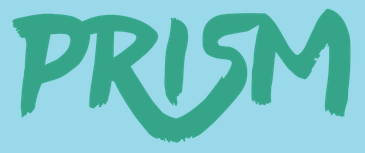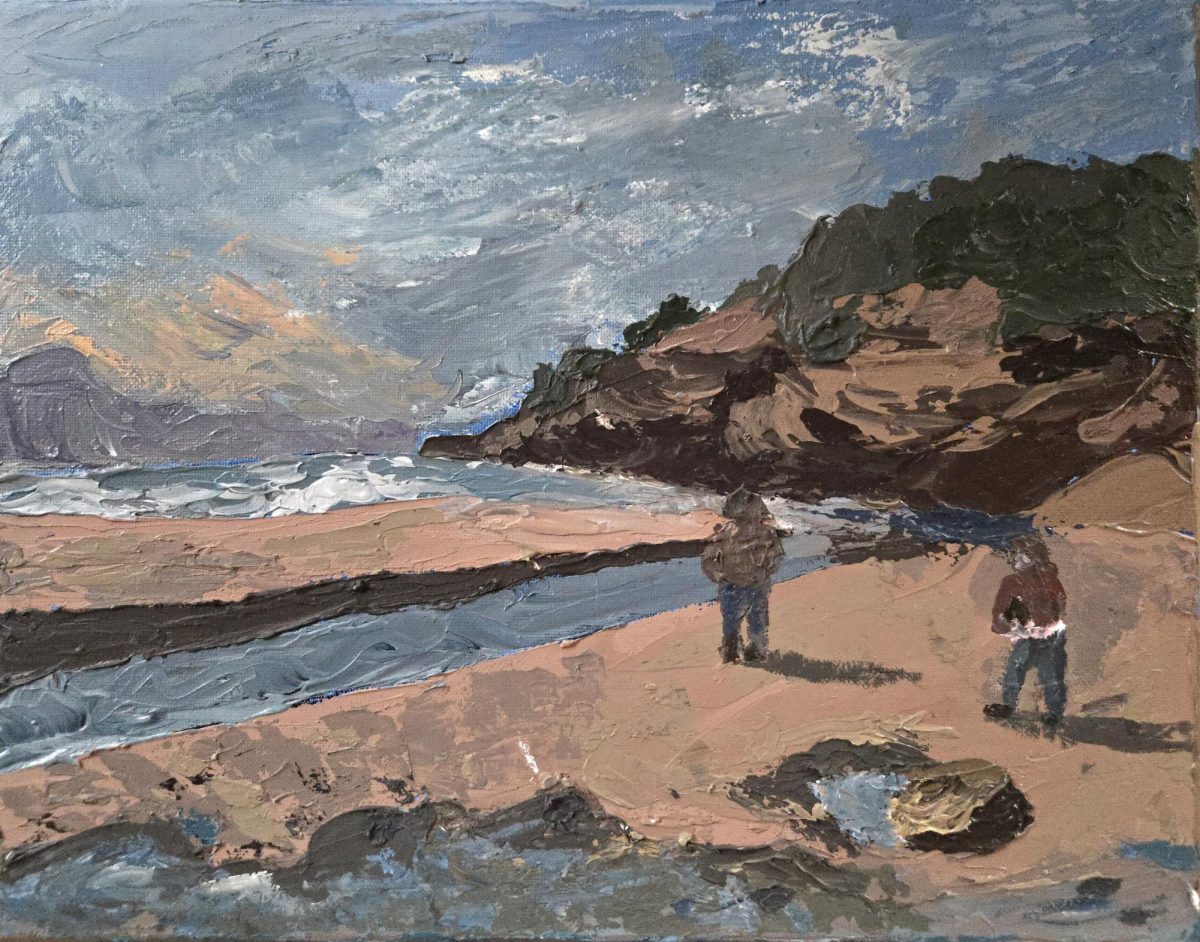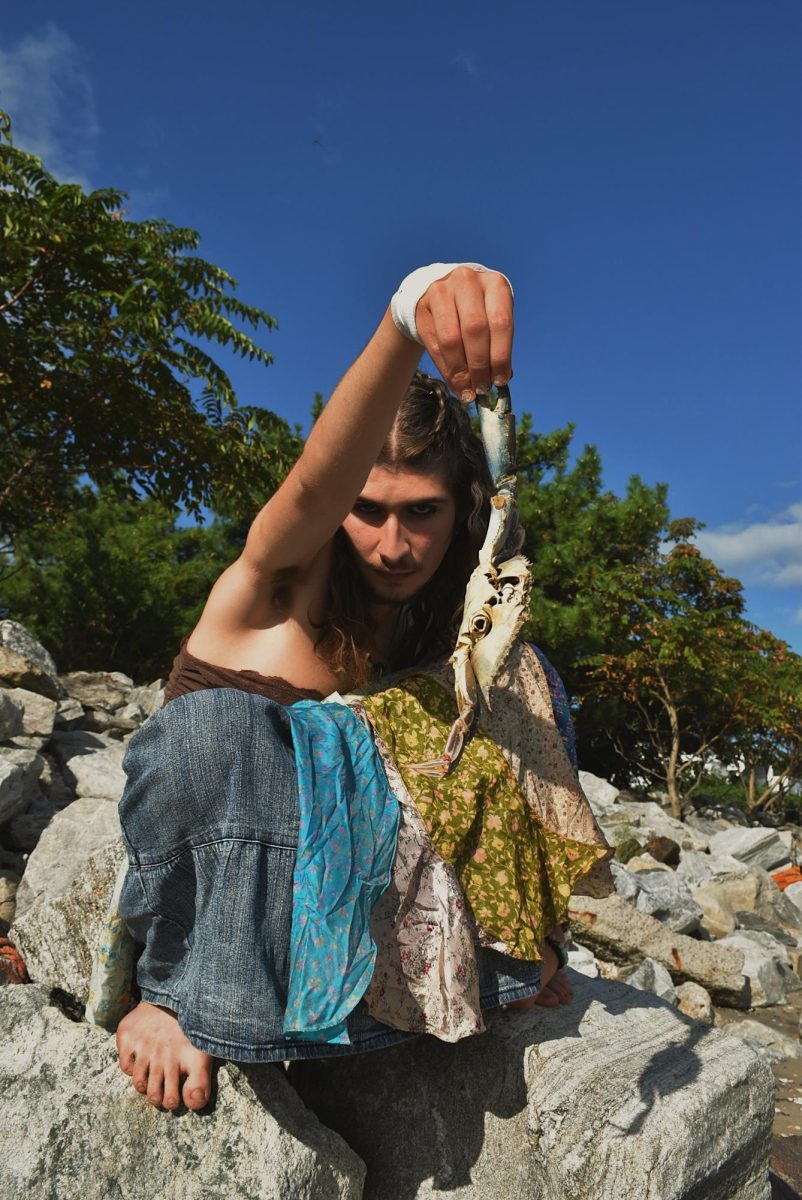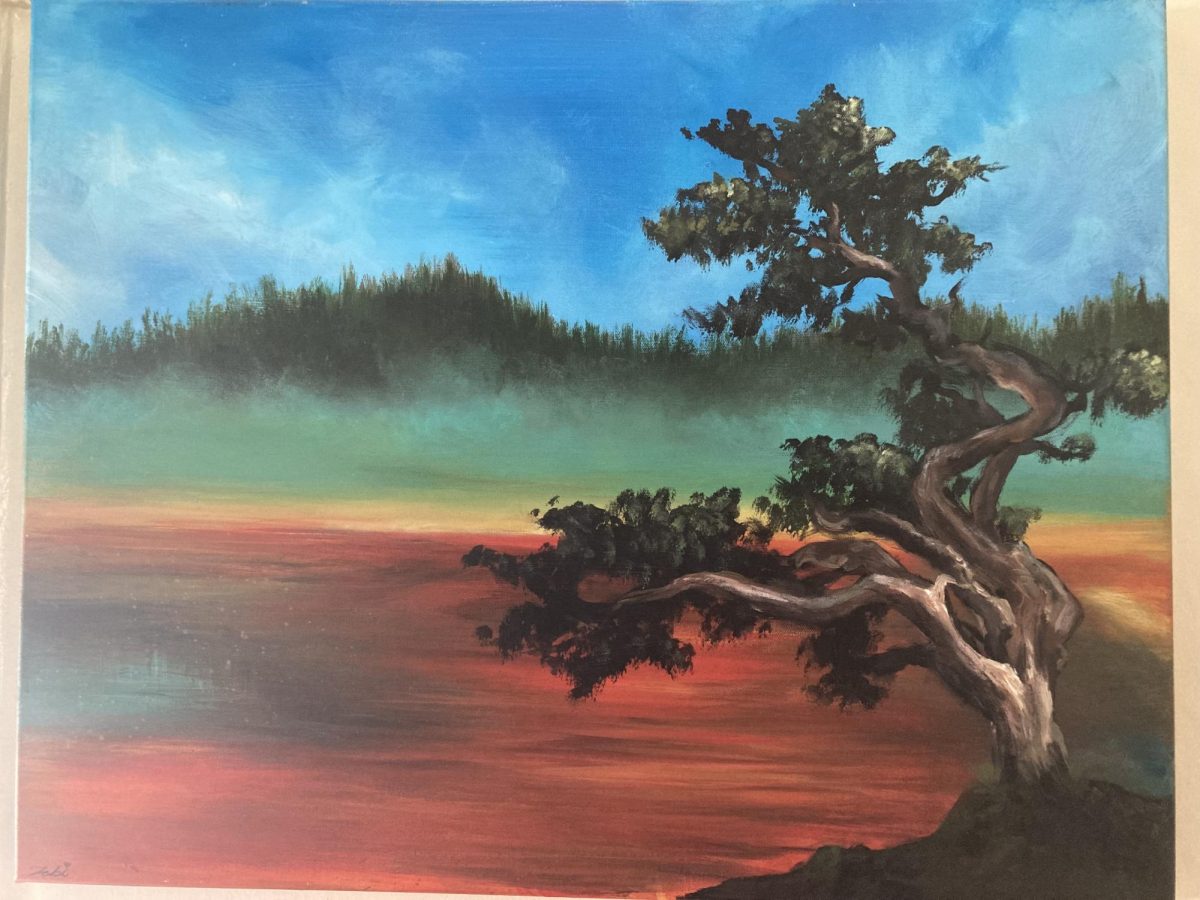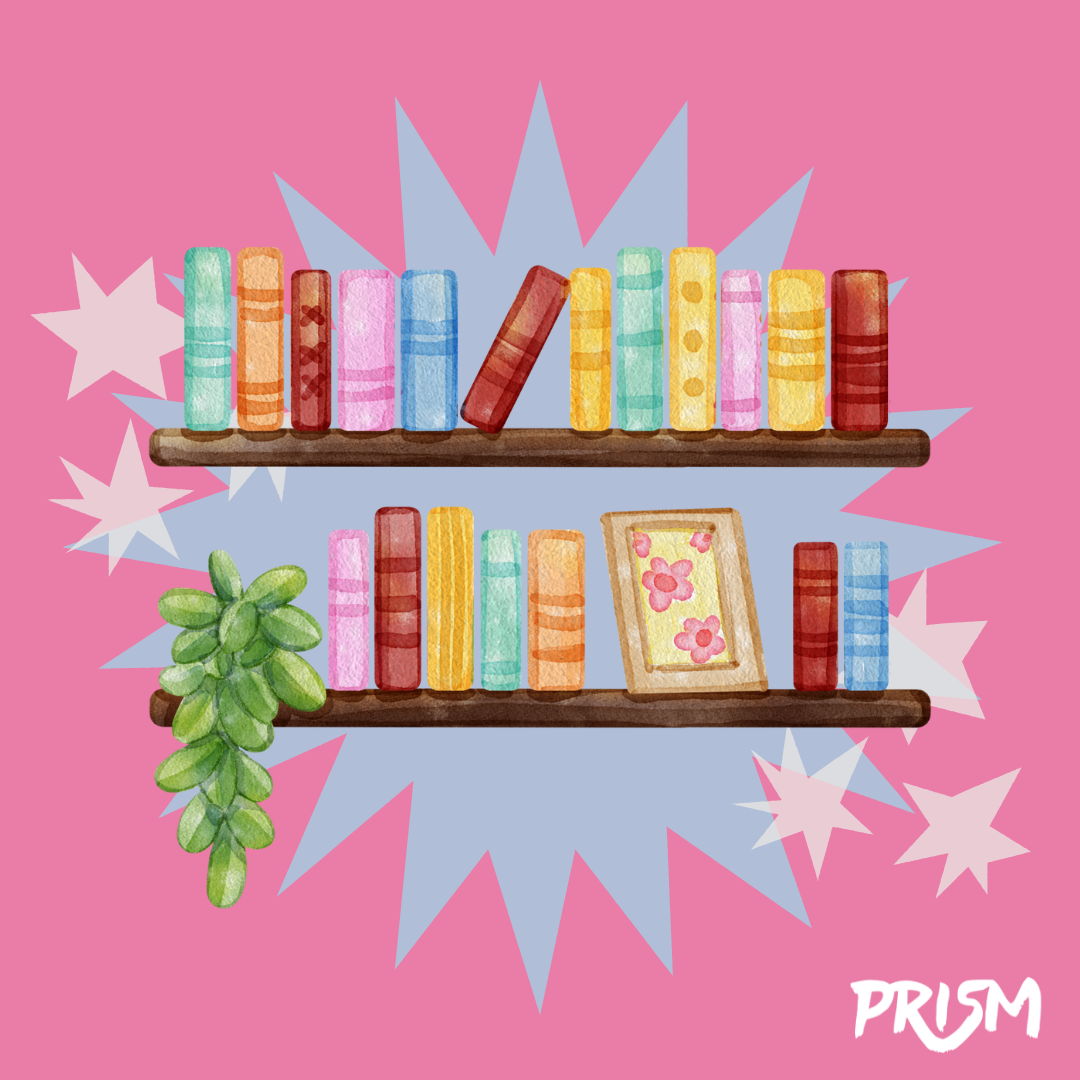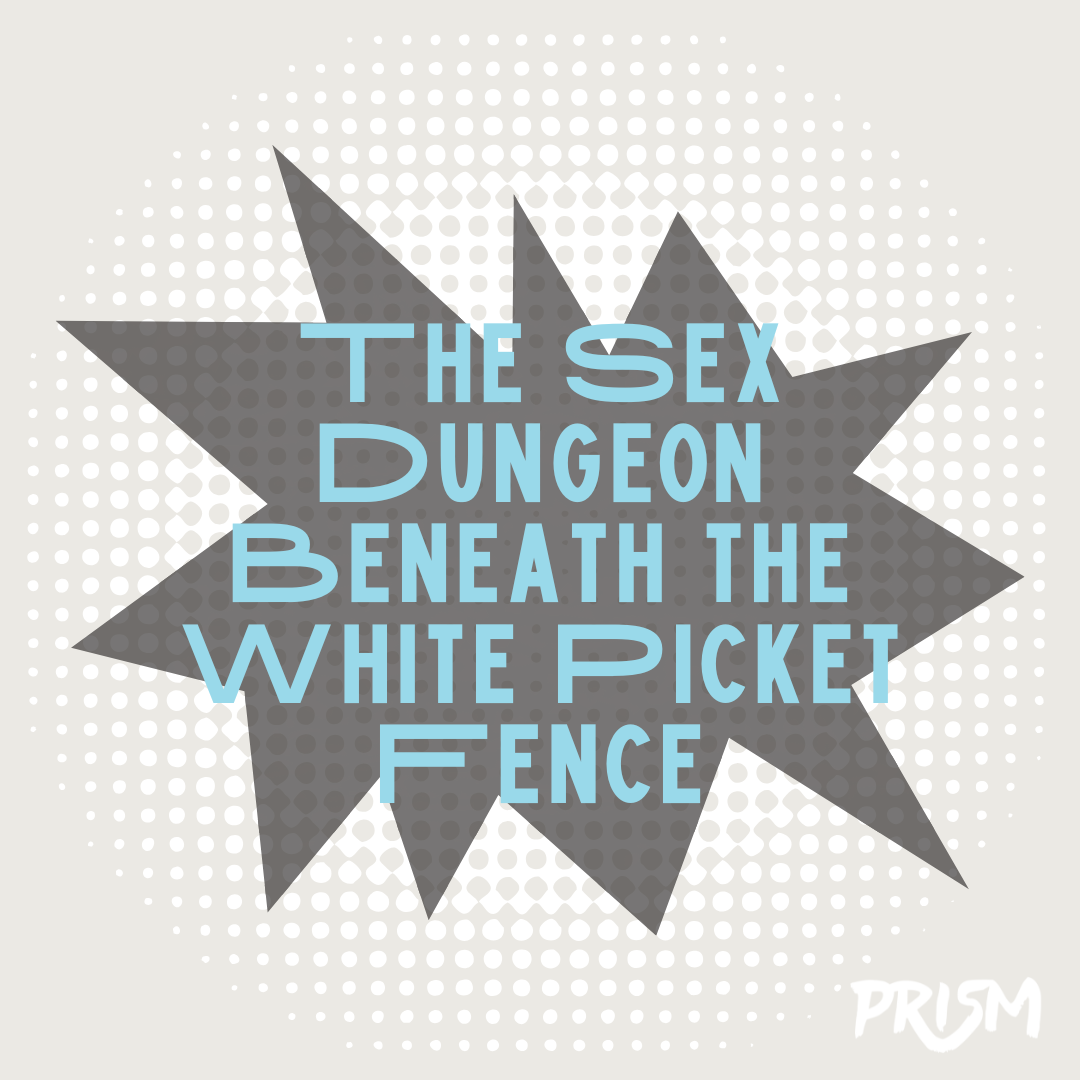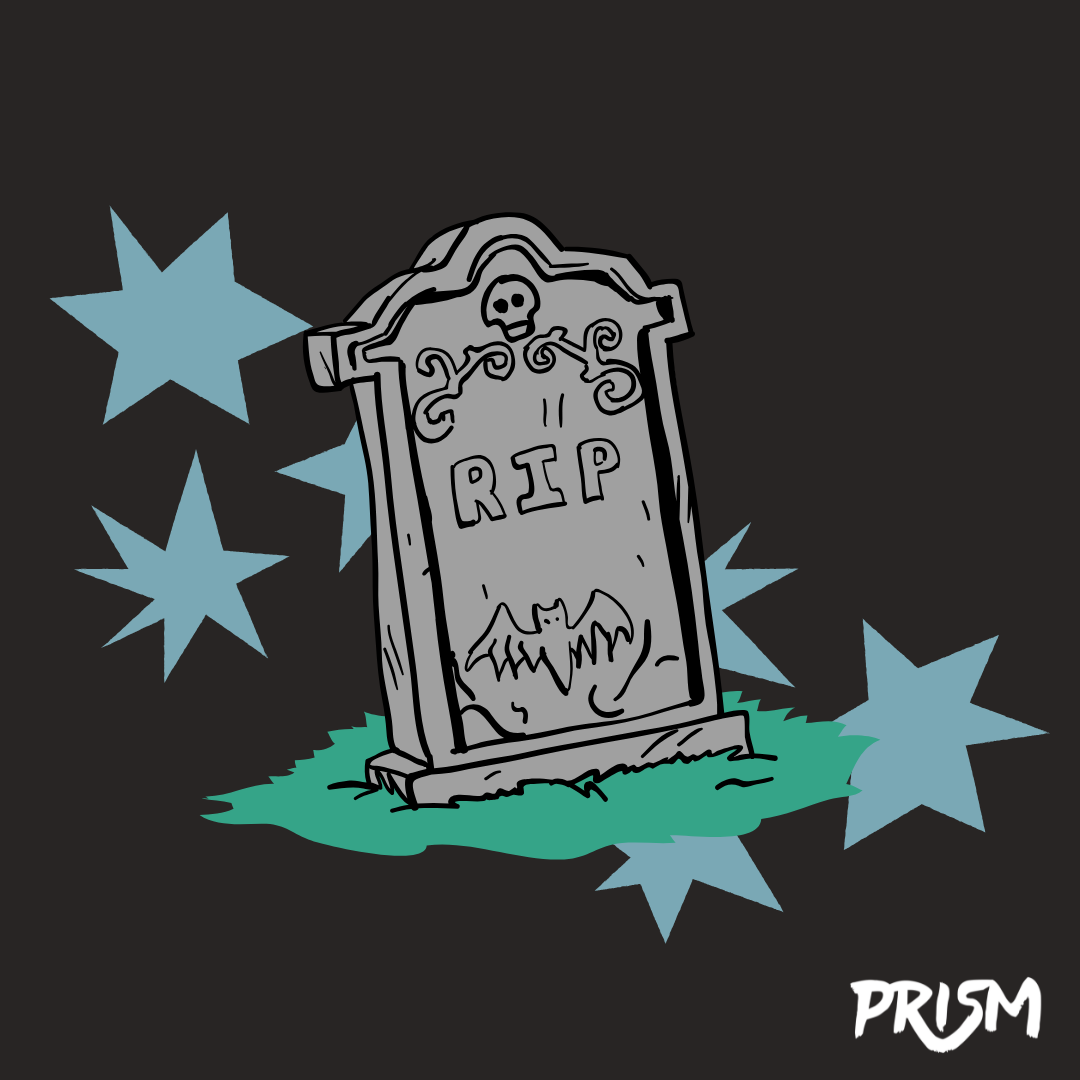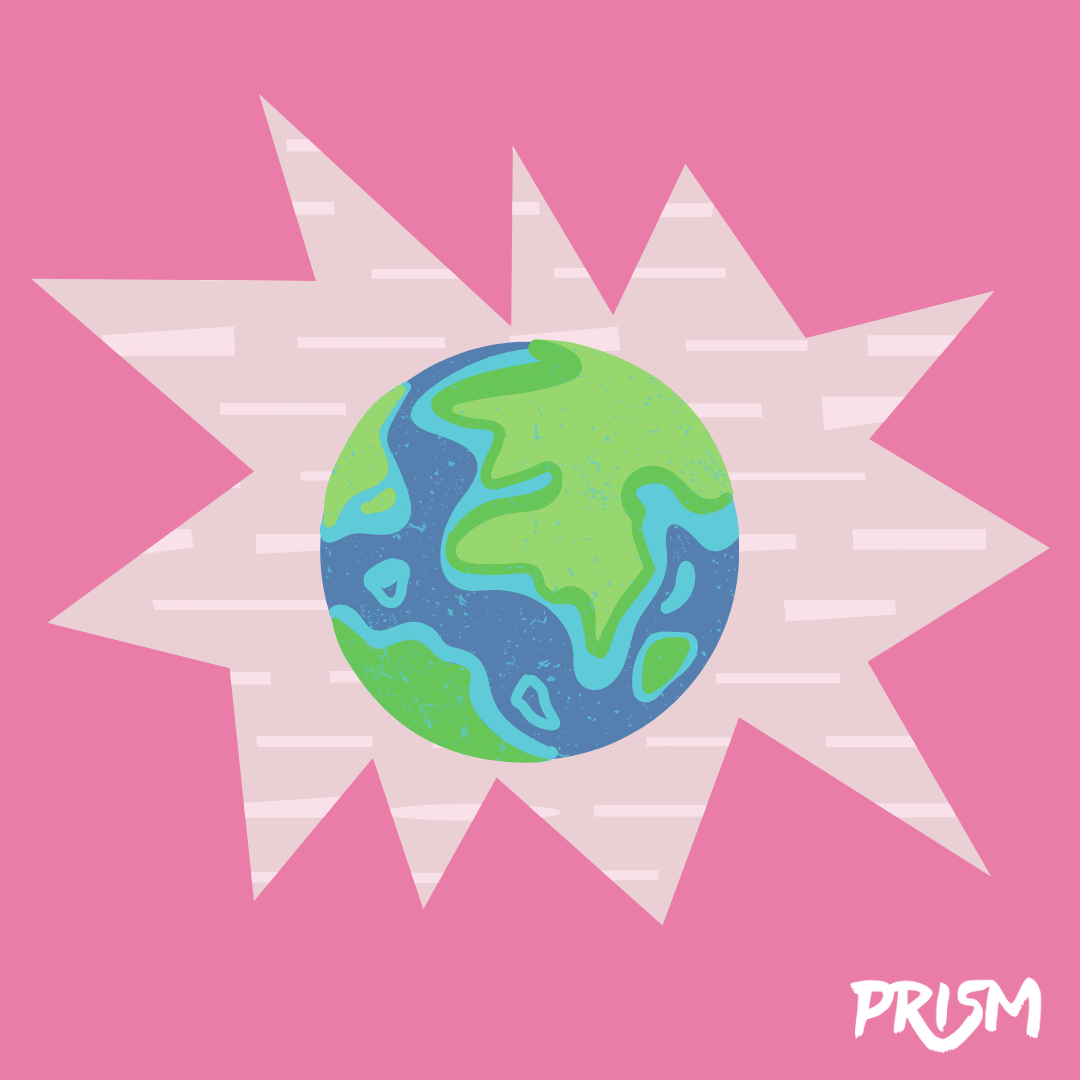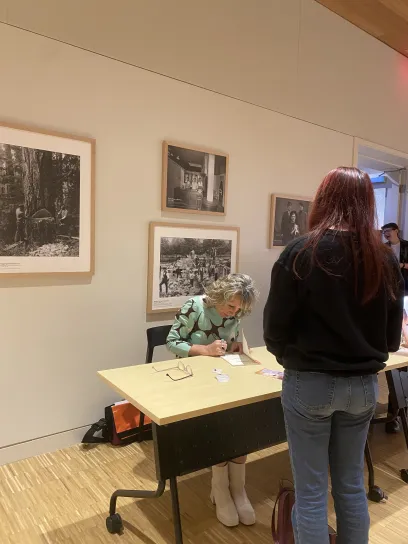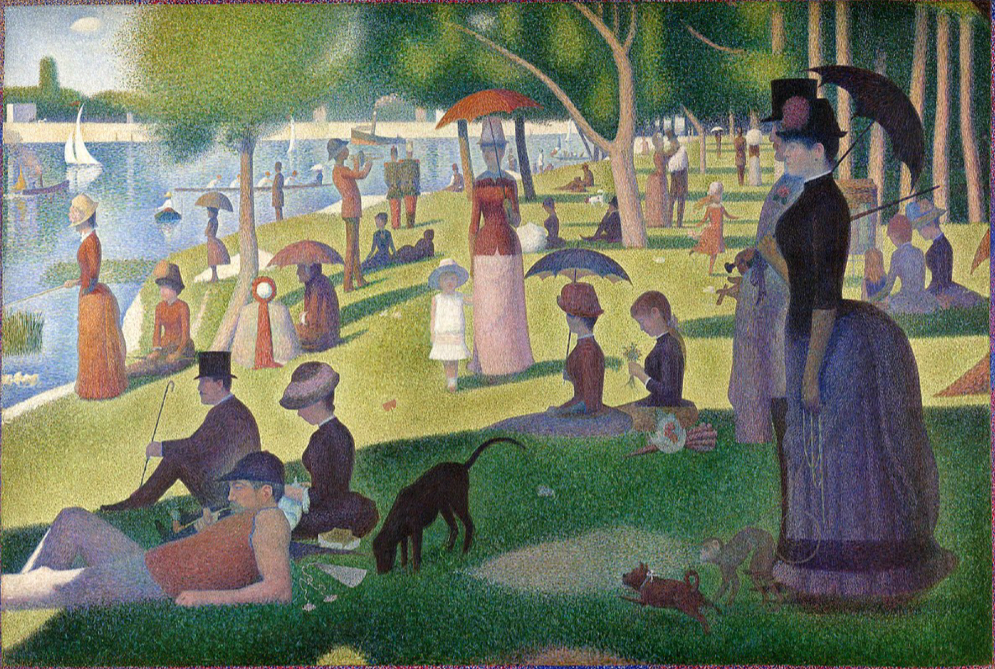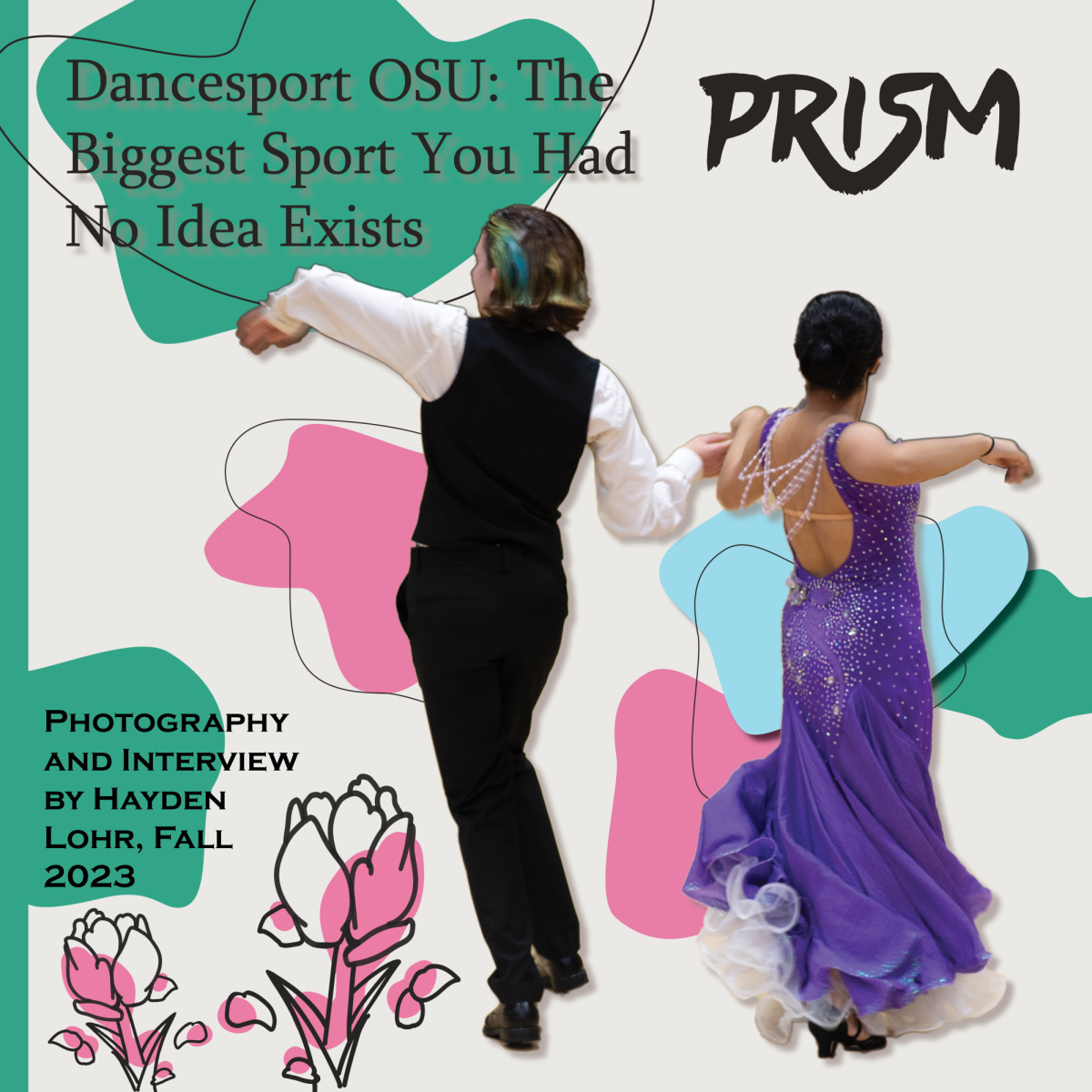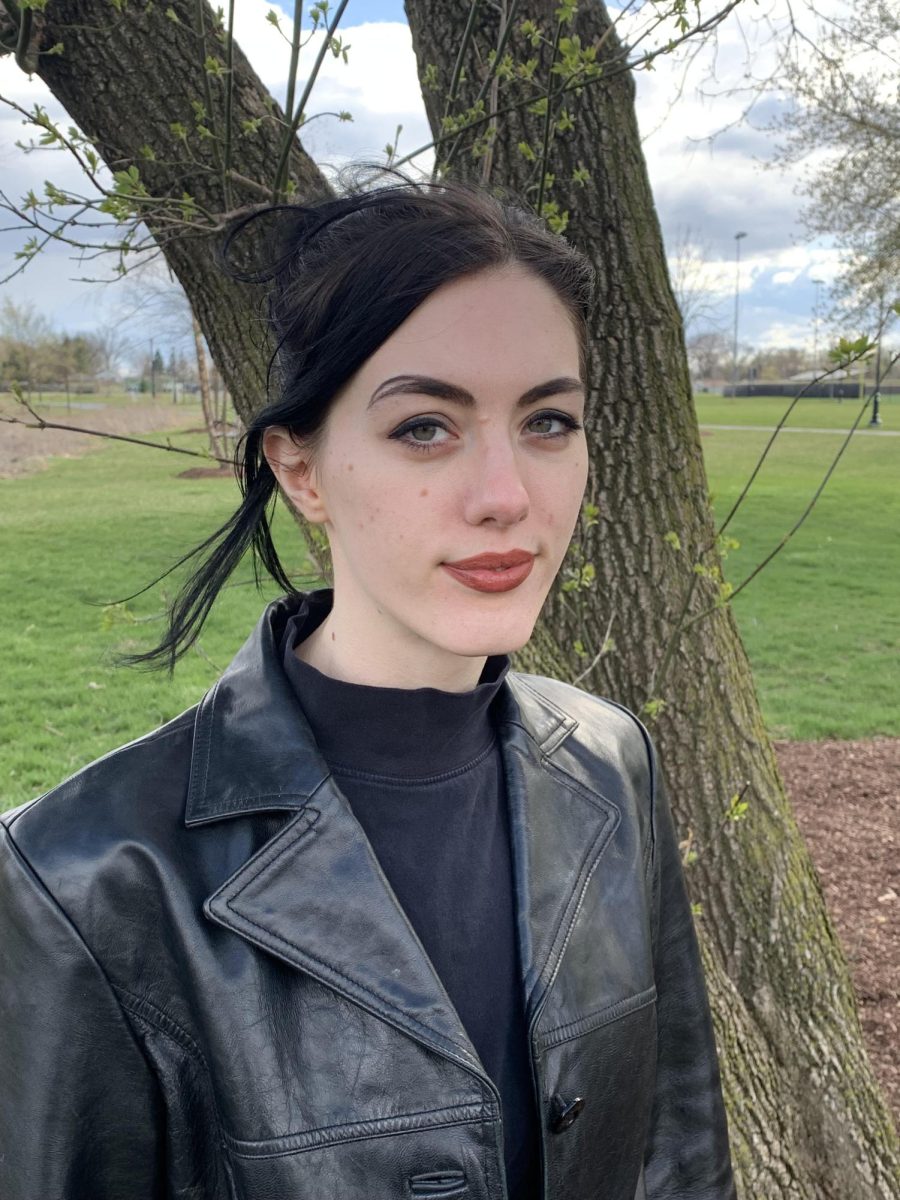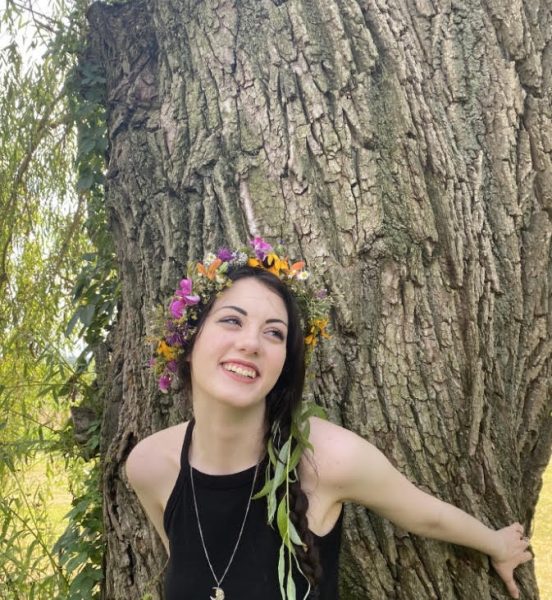An Interview with Noel Hendrickson
I typically make 2d art in the form of pen sketches or comic book style art, however I have been attempting to expand my artistic niches and express my art in different ways. This is the first zine I have made and I definitely want to make more in the future.
Tell us the story behind your Prism submission, “Gender Affirming Care and Queer Radicalism.”
I made my PRISM Submission, “Gender Affirming Care and Queer Radicalism” as a final assignment for my Queer Studies class that I took in fall term. I was inspired by the work that we had done in that class as well as additional research I have done about queer history, particularly concerning the Lavender Scare and the AIDS epidemic. Queerness and transness have always existed in history and is often not taught in typical US or world history courses. As a trans and queer person, the contemporary issues of queer individuals particularly in the United States are extremely important to me. Currently, many of these issues concern healthcare and I wanted to address that in my piece. Trans people deserve access to medication that allows them to be themselves. Furthermore, there are intrinsic links between these issues around healthcare and queer radicalism, an ideology and form of protest that can revolutionize American healthcare and many other issues.
How does your cultural or personal identity inform your creative work? Would you say that your background influences a lot of your creative process?
My personal identity certainly informs my creative work. This piece in particular speaks to my identity as a trans person. In Oregon, it is much easier to receive gender affirming care than in many other states. While I have been lucky enough to live in a place that makes it easier, many of my friends struggle in the healthcare system simply because of where they live and who they are.
Do you find that there are parts of your identity that have felt consistent or reliable throughout your life? Have you found that other parts have grown over time?
Identity in my experience is completely centered around community. Certain aspects of yourself are intrinsic from birth, but finding the right community of peers that you can relate to grows over time.
When it comes to personal expression, do you find yourself more called to tradition and past experience, or to contemporary issues and ongoing self-exploration?
When it comes to personal expression, I am more inclined to be called to contemporary issues and ongoing self-exploration because that is what I am living now. However, I think the history of movements surrounding identity and even individual past experience with identity are extremely important to explore and call upon in certain instances. We can all learn so much from history and past experiences to better tackle contemporary issues.
Are there any other artists in your community or pieces connecting to your identity that have been creative influences on your artistic journey?
The punk zines in the 1970’s and 1980’s were the primary creative influences on this piece. The punk scene has always been politically active and the idea of expressing political ideologies through art has always been an inspiration to me.
Has OSU had a positive, negative, or neutral effect on being able to explore and express yourself?
I have only been here for 8 months, but during that time, I have made friends with similar experiences and identities as my own, as well as being able to connect with those of different identities. In that sense, it has been a positive outlet on my exploration of self, however, I think there is much more work to be done to cultivate an environment of acceptance and action.
Tell us about a significant moment when art made an impact on your life.
A significant moment when art made an impact on my life came through this piece. In my research of the zines distributed in the 1970’s, particularly in the United Kingdom and the United States, I learned more about queer history and the individuals that shaped important movements regarding trans and queer issues.
Biography: Noel Hendrickson is a first-year student at Oregon State University and is pursuing a Bachelor of Science degree. He is majoring in Political Science with a focus on international relations.
Artist Statement: I decided to create a zine centered on active discrimination and systemic inequality in healthcare with a focus on gender affirming care and problems transgender patients face. I also talked about queer radicalism and the movement to eradicate these systems of inequity. The zine format has a long history of aiding with activism, especially in queer punk movements. These works started in the 1970’s as a way to spread the word about whatever the zine was about. This ranged from a variety of topics, whether it be advertising a local punk band or demanding change in institutions around the country.

